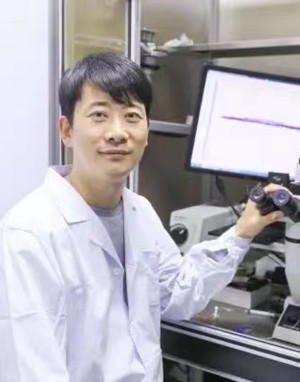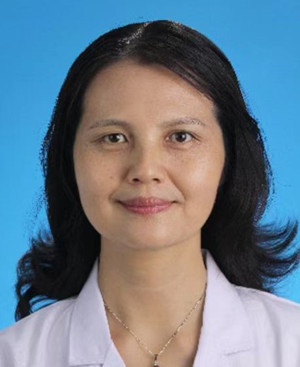Home> Academic Sessions
Session 5: Key Ion Channels and Mechanisms of Auditory Acoustic and Electrical Transduction
Updated: 2022-08-12
Hearing forms the basis of one of the primary human senses. The mechanical transduction channels that convert mechanical signals of sound into electrical signals are located within hair cell bundles of cochlear hair cells.
In addition to the five senses defined by Aristotle, an ancient Greek philosopher and scientist, the receptor-encoding genes for smell, taste, and sight have been identified one after another. The Nobel Prize in Physiology or Medicine for 2004 was awarded to two American scientists for their discoveries of odorant receptors and the organization of the olfactory system.
The 2021 Nobel Prize in Physiology or Medicine was awarded to David Julius and Ardem Patapoutian for identifying PIEZO ion channels as proteins that sense ubiquitous stimuli.
However, the ion channel for auditory transduction has not been identified, remaining an unsolved mystery in sensory neurobiology. In recent years, there has been some evidence that transmembrane channel-like proteins are essential for auditory transduction. This session will focus on the key ion channels and mechanisms of auditory acoustoelectric transduction.
Chairmen

Yan Zhiqiang
Research fellow, Shenzhen Bay Laboratory

Ye Fanglei
Professor, The First Affiliated Hospital of Zhengzhou University
Invited speakers & reports
Tang Yiquan
Research fellow, Fudan University
Report: Molecular mechanisms of membrane transport on TMC mechanotransduction channels
Xu Zhigang
Professor, Shandong University
Report: FCHSD2 is required for stereocilia maintenance and hearing
Lu Yu
Attending physician, West China Hospital of Sichuan University
Title: Study of hearing gene function and molecular mechanisms based on deafness gene variation data
Ye Fanglei
Professor, The First Affiliated Hospital of Zhengzhou University
Report: Physiological basis in hearing of cochlear implantation
Yan Zhiqiang
Research fellow, Shenzhen Bay Laboratory
Report: TMC1 and TMC2 proteins are pore-forming subunits of mechanosensitive ion channels
He Zuhong
Associate research fellow, Zhongnan Hospital of Wuhan University
Report: Study on the mechanism of nuclear transcription factor FoxG1 in the occurrence and development of presbycusis
Kang Lijun
Professor, Zhejiang University
Report: TBD
